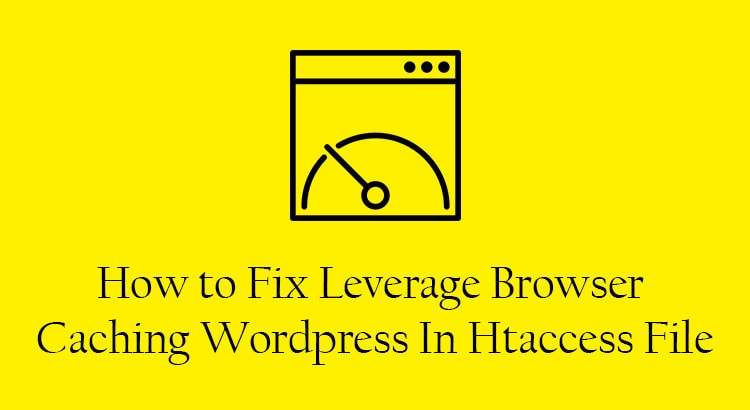What is Leverage Browser Caching WordPress?
We browse various types of websites for our own needs. The website consists of HTML, CSS, JavaScript, and images. Every time we browse a new website at this time, it has downloaded all web files like text, images, script, etc. Some websites might only consist of a few files, which seems like a couple of kilobytes. In some cases, some websites have a much larger size. Suppose your website has a lot of sizes. You can lose your website rank. Leverage browser caching WordPress’s many vital roles for WordPress. Leverage browser caching, storing some of these files and locally browsing in the user’s browser.
When you first visit the website for the first time, the website takes a few seconds to load in the browser. But the second time you revisit this site, that time quickly and easily loads in your browser. The more data you have on your website, the you will get more server requests. Website data should be more lightweight, but you must leverage browser caching on your WordPress site.
Why is it necessary, or how to check leverage browser caching?
The main reason browser caching is most important is if you reduce the load on your server, users reduce load time. We suggest & using Google Page Inside or Pingdom website speed test tools. Copy your website link and put the Google page inside or Pingdom website speed tools. If the Google page is inside, click ANALYZE and Pingdom click start test.
Google Page Inside result
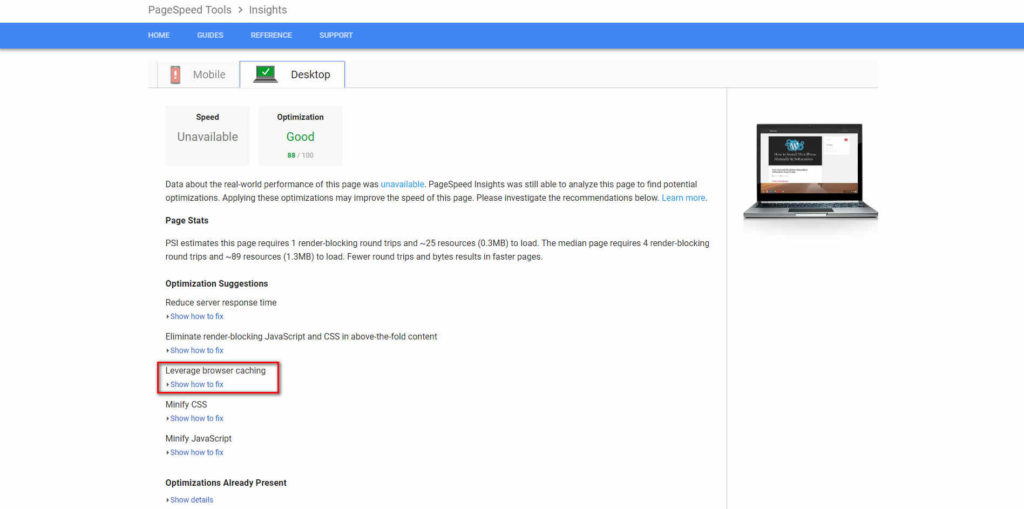
Pingdom Speed Test
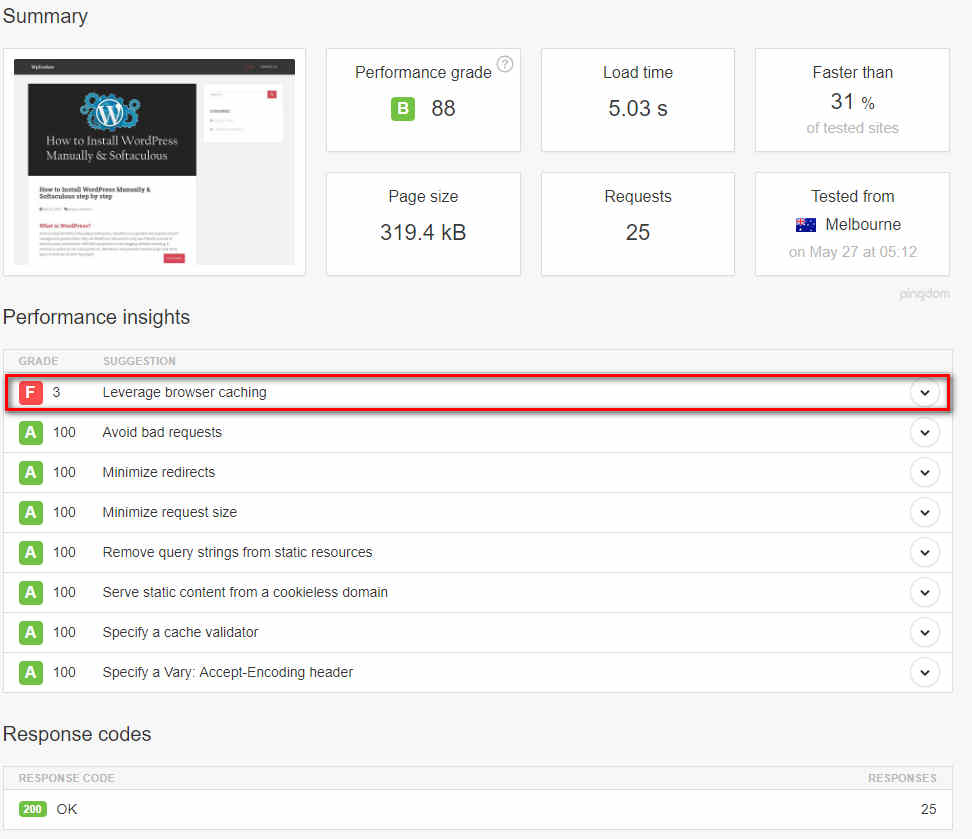
How to Fix Leverage Browser Caching WordPress in with htaccess File
Now we want to show you the fix leverage browser caching WordPress site. We can do this in two ways Cpanel method or the FTP method (like Filezilla, WinSCP, and Transmet). We use FileZilla. First, log in to your Cpanel.
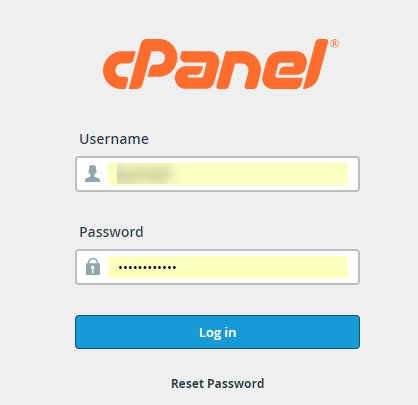
Go to the file manager

Now open the file manager directory, then the top corner right-side settings. Just click here and check this Show Hidden Files (dotfiles) save.

Then you will see all dot & hidden files in between a download and only a .htaccess file. If you use FileZilla, just put all your FTP information in FileZilla, then go to public_html >> .htaccess, drag, and download it.
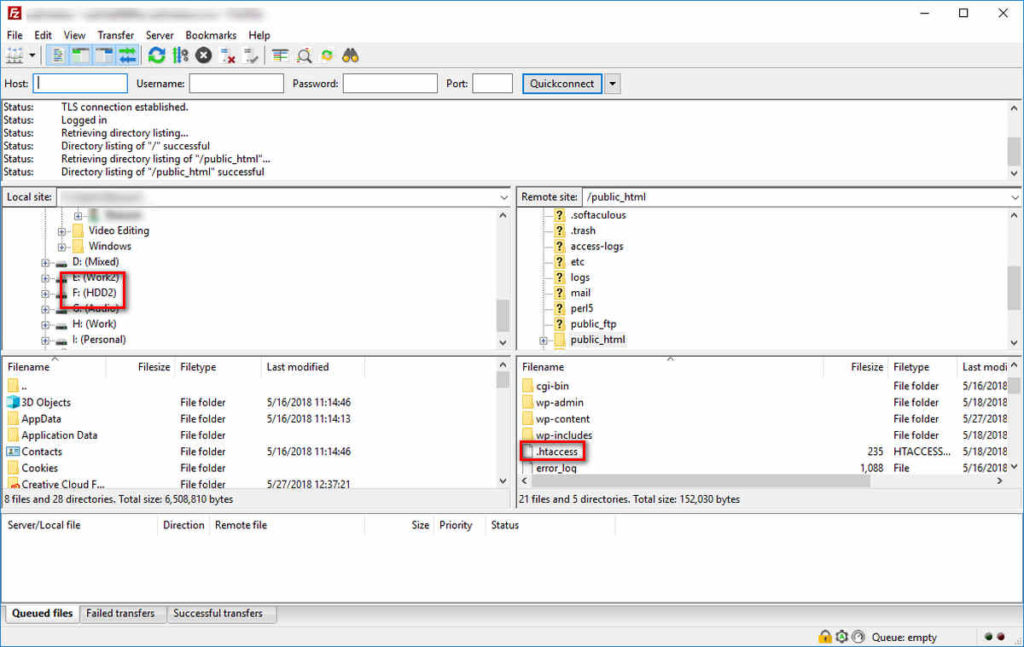
If the download complete .htaccess file opens in any code editor and I will add some code to leverage browser caching and not delete the htaccess default code.
# Leverage Browser Caching
<IfModule mod_expires.c>
ExpiresActive On
ExpiresByType image/jpg "access 1 year"
ExpiresByType image/jpeg "access 1 year"
ExpiresByType image/gif "access 1 year"
ExpiresByType image/png "access 1 year"
ExpiresByType text/css "access 1 month"
ExpiresByType text/html "access 1 month"
ExpiresByType application/pdf "access 1 month"
ExpiresByType text/x-javascript "access 1 month"
ExpiresByType application/x-shockwave-flash "access 1 month"
ExpiresByType image/x-icon "access 1 year"
ExpiresDefault "access 1 month"
</IfModule>
<IfModule mod_headers.c>
<filesmatch "\.(ico|flv|jpg|jpeg|png|gif|css|swf)$">
Header set Cache-Control "max-age=2678400, public"
</filesmatch>
<filesmatch "\.(html|htm)$">
Header set Cache-Control "max-age=7200, private, must-revalidate"
</filesmatch>
<filesmatch "\.(pdf)$">
Header set Cache-Control "max-age=86400, public"
</filesmatch>
<filesmatch "\.(js)$">
Header set Cache-Control "max-age=2678400, private"
</filesmatch>
</IfModule>
Now we are adding leverage browser caching fixing code and re-upload the .htaccess file. Furthermore, We are rechecking the Pingdom tool. There is no leverage in browser caching.
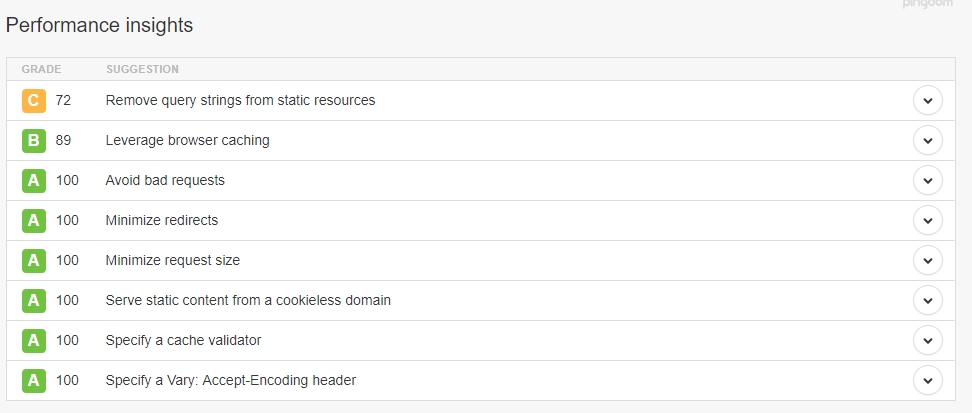
- How to Install WordPress Manually & Softaculous
- How to Copy Website Using Httrack Without Mirror Error Problem
- The 10 Best Managed WordPress Hosting Providers
Conclusion:
Leverage browser caching WordPress is a simple and effective way to improve the performance of your WordPress website. By adding the code above to your .htaccess file, you can tell browsers to cache static assets and HTML pages for a period, reducing the number of requests that need to be made to your server each time a visitor loads your website. This can lead to significant improvements in loading times and overall user experience.

